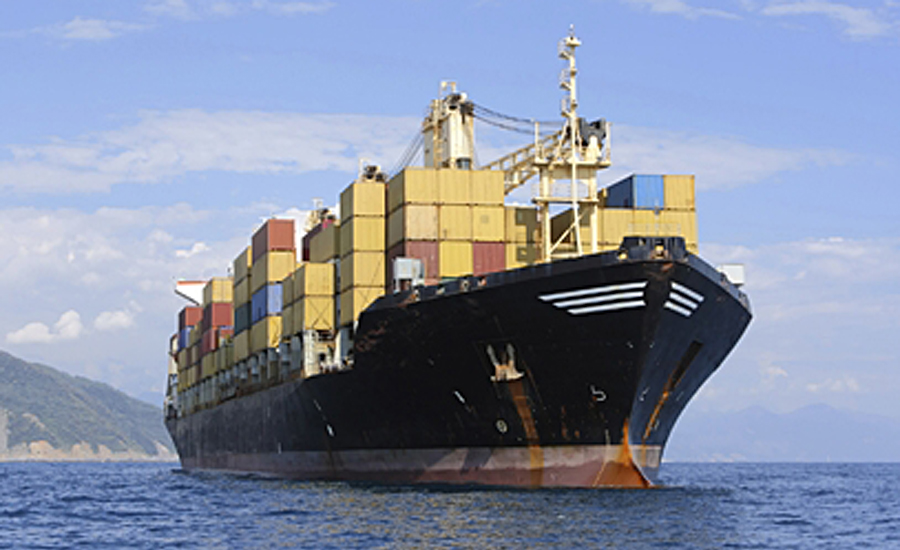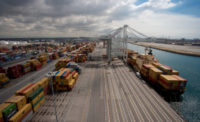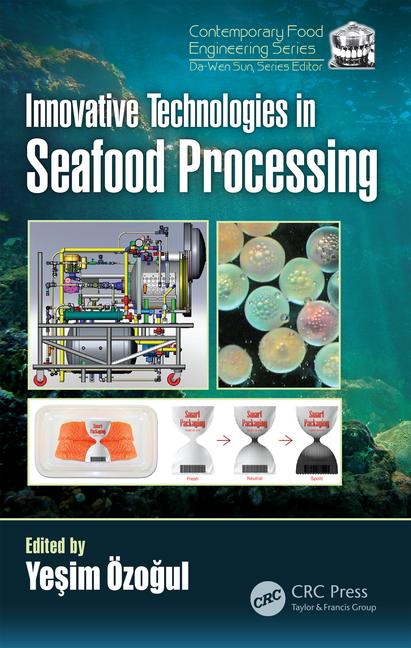Port of Long Beach to build infrastructure for zero-emissions cargo handling equipment
The PAVE Project will design and build charging outlets for almost 40 pieces of electrical terminal equipment at TTI.

The Port of Long Beach, Long Beach, Calif., is moving ahead with a $16.8 million project to build infrastructure to support electric-powered, zero-emissions cargo handling equipment, making it what is dubbed as the world’s first heavy-duty, off-road, direct-current, fast-charging system in a seaport environment.
Funded in part by an $8 million California Energy Commission grant, the Port Advanced Vehicle Electrification (PAVE) Project supports the first phase of a transition to a zero-emissions future at Total Terminals International’s (TTI) container terminal at Pier T.
The PAVE Project will design and build charging outlets for almost 40 pieces of electrical terminal equipment at TTI. Four battery-electric yard tractors will be modified to connect to a DC fast-charging system. If the system is proven viable, it could eliminate the need for on-board equipment chargers and potentially increase battery capacity of electric vehicles. Other objectives of the project include learning about the electrical grid impacts associated with widespread deployment of electric vehicles and equipment, and developing a port-wide Dynamic Energy Forecasting Tool to predict how much energy and supporting infrastructure seaports will need to support zero-emissions terminal equipment.
“When finished, this project will be a cost-effective, replicable model that the Port of Long Beach and others can use to speed progress to zero emissions,” says Lou Anne Bynum, president of the Harbor Commission. “It’s part of a wide array of approaches we are using to reduce air pollution for our community and deliver on our promise as the ‘Green Port.’”
“For more than a decade, we’ve shown that economic strength and a cleaner environment can exist together,” says Mario Cordero, executive director of Port of Long Beach. “We’ve done that by innovating with projects like these and leading the way forward for the industry.”
The project is scheduled to be completed by March 2022.
Looking for a reprint of this article?
From high-res PDFs to custom plaques, order your copy today!







